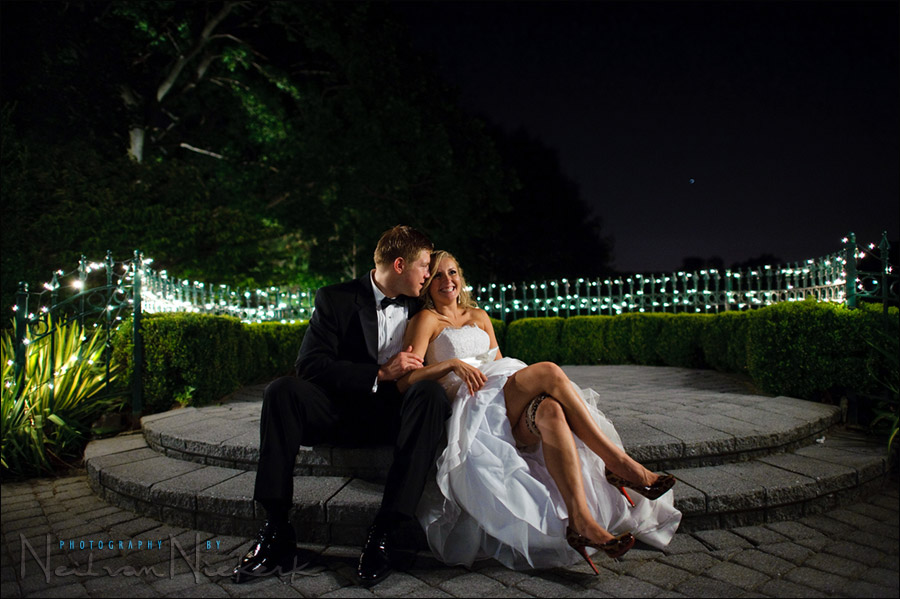
review: Nikon 24mm f/1.4 G AF-S
For a long time the only wide-angle auto-focus prime lens that Nikon had available, was the remarkable 28mm f1.4D … which caused the lens to reach astronomical prices eventually on the used market when it was discontinued. I sold my copy of the 28mm f1.4 a few years ago – a move I still regret – but I couldn’t pull the trigger on a $4000.00 wide-angle prime lens when Nikon’s wide-angle zooms were so incredible. The Nikon 14-24mm f2.8 AF-S (B&H), for example, set a new standard for how good a wide-angle zoom can be, surpassing pretty much ever other lens, including primes. But still there was a gap in Nikon’s line-up with a fast aperture wide-angle prime lens. Until now … enter the Nikon 24mm f1.4 G (B&H) which I was happily able to use at a wedding this past weekend.
Fast lenses (ie, wide aperture lenses), come into their own for a few specific reasons.
The faster aperture allows us:
– more control over depth of field,
– the use of a faster shutter speed,
– the ability to better mix flash and ambient light in low light.
The photo above and below, were taken during a lull in the reception when I took the couple, Kristy and Tom out to the gardens of the venue. The photo above was lit just by two lamps on either side of the couple and the twinkly lights. (Click on this link for the wider shot of the area.) I specifically wanted to see how this lens would perform in low light, and whether it could deliver the goods – sharp images at a wide aperture. This would allow me to shoot faster than if I had used a tripod. For the style that I photograph weddings in, a tripod would be very slow to work with … especially when the couple doesn’t want to be detained from the reception for too long.
So I still want a shutter speed that is fast enough to hold steady with ease … and sharp. I like sharp.
For the photo above, I was able to get a sequence of crisp images at
1/40 @ f1.6 @ 1600 ISO
I still steadied my elbows on my legs where I knelt down on the ground. I also posed the couple so that the light falls onto Kristy’s face like that, and not be shrouded in shadow.
For the photo below, we went to the gazebo on the grounds. I know, I know .. but still, there were lots of twinkly lights we could use for available light photos.
There was enough light like this for photos at 1/40 @ f1.8 @ 1600 ISO
Where a fast aperture lens comes into its own, is with control over depth of field. My natural inclination is to use (or even accept), the increased depth-of-field that wide-angle lenses give us. But even with a wide-angle lens, the wide-open aperture gives us the opportunity to bring attention to one specific thing in the frame. The selective focusing forces our attention to something specific .. in this case, Kristy’s super-cool leopard-spotted shoes.
1/200 @ f2 @ 1000 ISO
Next, two images of Kristy looking at her dress.
The first image was with the Nikon 24mm f1.4 G (B&H)
Using the ample available light in the room: 1/250 @ f1.8 @ 800 ISO
This image below is shot in in my usual way with some bounce flash. Balancing the flash with the ambient light to give a natural look, while giving me more depth-of-field and/or a higher shutter speed and/or a lower ISO: 1/160 @ f4 @ 800 ISO
The shoes were irresistible. I positioned them on top of a mirror that I placed on the bed. I wanted a simpler look than the bed cover. Reflecting the shoes and the out of focus dress allows our eyes to go to the shoes immediately. The lamp balances the photo, but preferably needs to be out of focus … which the new Nikon lens allows for.
1/400 @ f1.6 @ 1000 ISO
Just for comparison, how the depth of field would be at f4
Unfortunately, I changed perspective in changing lenses when I did more detail shots with the 24-70mm f2.8 .. but you get the idea.
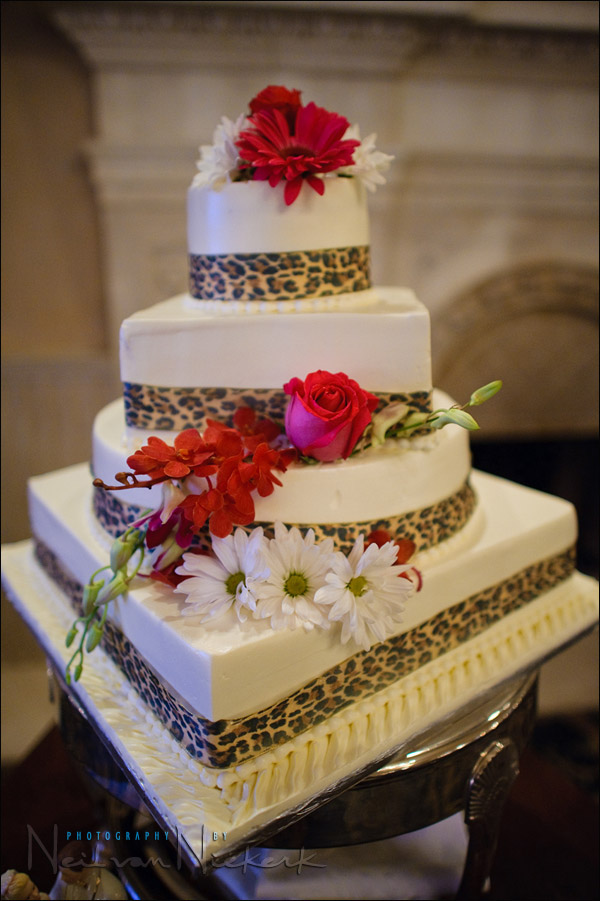
For detail photos of the wedding cake, I usually resort to using bounce flash that I gel for Tungsten. Shooting wide open with the Nikon 24mm f1.4 G (B&H), allowed me to just use the available light in the reception room.
1/40 @ f1.4 @ 1600 ISO
Just for comparison, the usual way I would photograph the wedding cake, using directional bounce flash.
1/80 @ f4.5 @ 1600 ISO … TTL flash at +0.7 EV
Nikon 24-70mm f2.8G ED AF-S (B&H)
Using bounce flash of course gives me sharp images for those fast-paced action shots of the wedding cake.
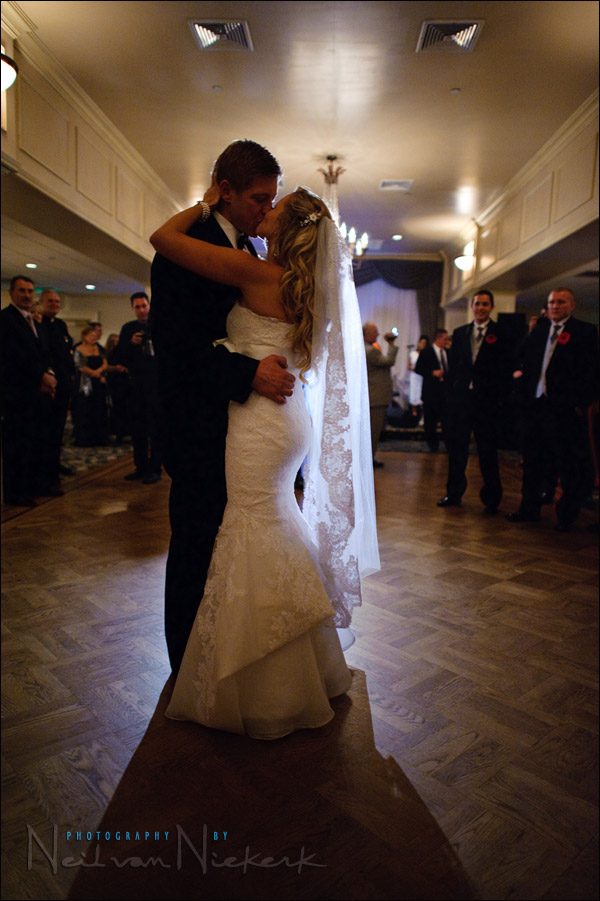
Foregoing flash for a few photos, using the videographer’s light for back-lighting.
1/80 @ f1.4 @ 2000 ISO .. but I did have to pull up the exposure in post by 0.7 EV
Finally, three more photos from the romantic portraits during the night-time outside.
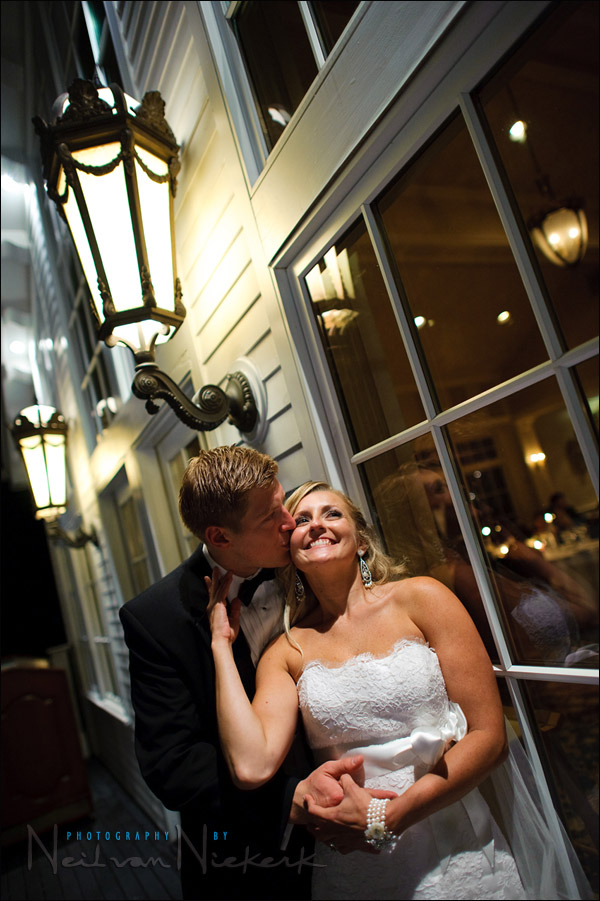
1/60 @ f1.8 @ 1250 ISO
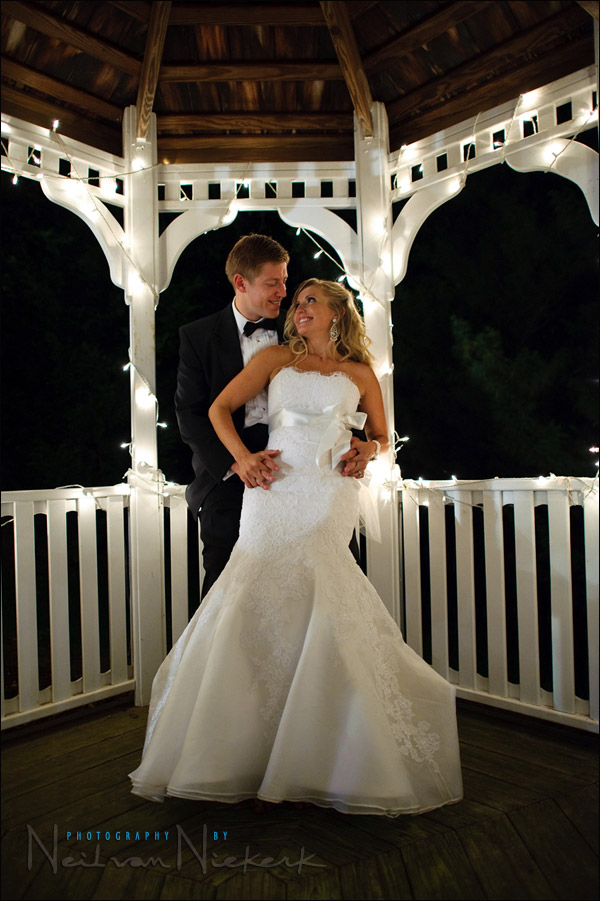
1/40 @ f1.8 @ 1600 ISO
After the photos at the gazebo, Kristy and Tom walked back to the party at the reception. Just before they reached the reception room, I asked them to turn around and look at the camera. The two lamp-posts that we used for the top-most photograph, gave us enough light for this photograph.
1/60 @ f1.6 @ 2500 ISO … and it is sharp!
It still blows my mind that with high-ISO capable cameras, along with fast prime lenses, we can pull in light for very usable photographs in such low light.
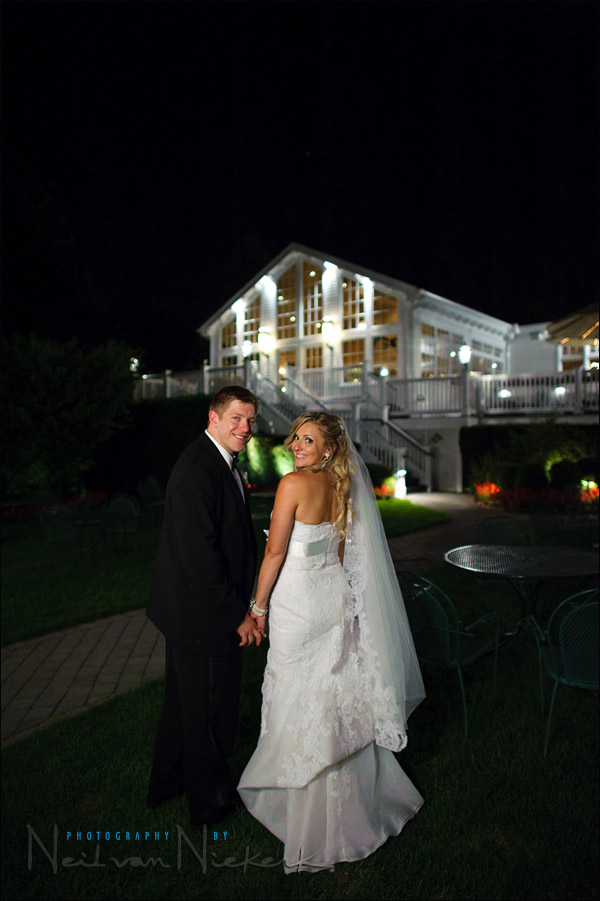
Overall assessment of the Nikon 24mm f1.4 G
I’m in love. Fair enough, I’m in love with the Nikon 24-70mm f2.8 and the Nikon 70-200mm f2.8 VR II, as well as the Nikon 85mm f1.4 too. This new lens by Nikon is long overdue, and in my opinion is an essential lens if you do any kind of work in low light levels, or desire that look that a fast prime lens will give you.
Some photographers have reported copies of this lens with poor focusing, but this lens behaved very well. Really well. (I suspect that the problem lenses might have been a specific initial batch that Nikon will sort out.)
The bokeh of this lens is superb. Smooth. Definitely smoother than the Nikon 14-24 used at 24mm. (I did test the lens for its bokeh, but really, who wants to see photographs of the flowers in my garden?)
The lens’ build quality is obvious. It feels solid, with a chunky heft.
Final summary … this stellar lens continues to build Nikon’s legend, and will be an essential lens for many photographers.
If you would like to purchase this lens, it is available from B&H at this link:
Nikon 24mm f1.4 G
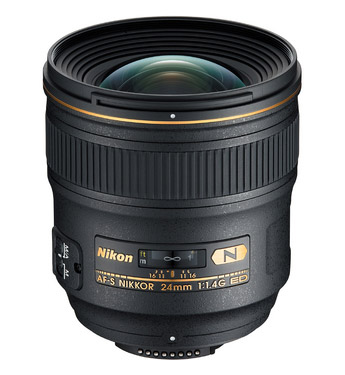

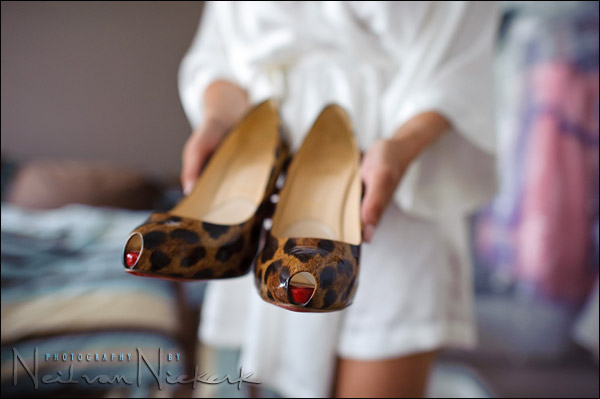

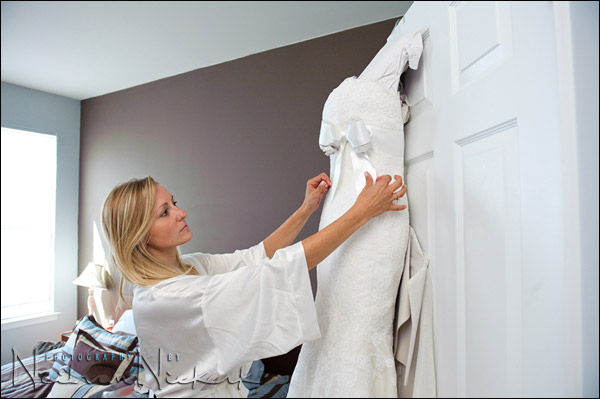
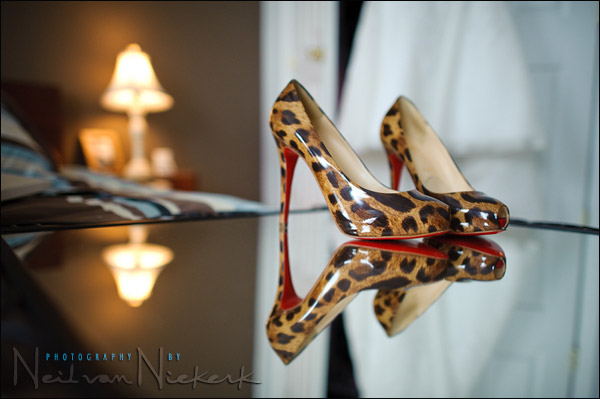
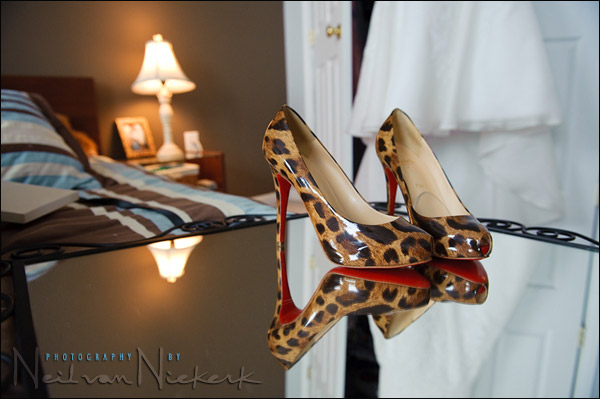
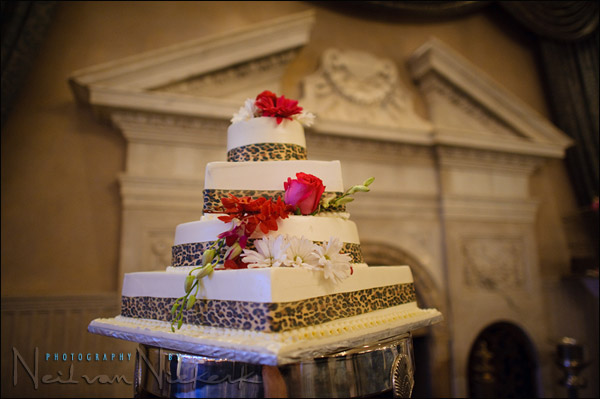
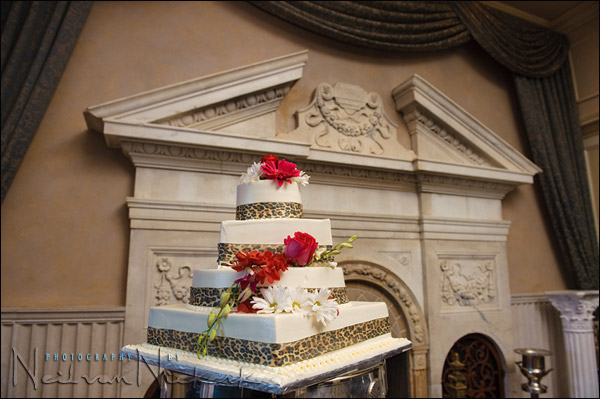
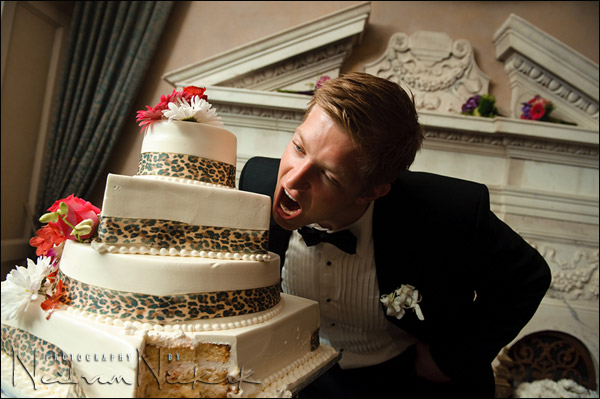
Hi Neil,
Great to hear about you at B&H, having attended your workshop when you were in Ireland it was nice to see you get more acknowledgement for the teaching side of your photography.
From previous wedding posts, you have shown shots from the 14-24, 24-70, 70-200, 16mm fisheye, 85mm f/1.4, 105mm macro and now the 24mm f/1.4 joins the bag.
How do you juggle the various lenses you have for weddings and decide which ones to bring to a wedding and when to use them? Do you carry them all and just use them when you feel, or do only take specific lenses knowing what the wedding/venue will be like and know in advance that you will certain lenses at various times during the day?
I have the 14-24, 24-70, 70-200 and 85mm f/1.4, the 24-70 stays on the D3 all day, and the other lenses take their turn on the D700. I’m interested to know how more experienced wedding photographers get the mixture of getting difference looks to images by using different lenses, but don’t end up missing shots because they were changing lenses.
John
Thank you for the review Neil!
With you twice writing that you used the lens at f/1.6, does the lens allow f/1.4, f/1.6, f.1.8 and so on?
By the way, I’d really like to see the bokeh comparison shots, with both lenses at f/2.8. :-)
David
Neil,
I rented this lens a few weeks ago. I thought it was slow to focus but otherwise it’s a brilliant lens with corner to corner sharpness.
Regards,
Rich
+1 for your garden flowers bokeh comparison. I’d like to see that as well. :-)
Speaking of bokeh: do you happen to know whether the 85/1.8 and 85/1.4 differ much in terms of bokeh? The 1.4 is a bit heavy (both in weight and price) in my opinion.
Unsure if you mentioned it but curious as to what body you were using these on. Do you still have the d700 or is that gone?
Hi Neil…I recently read in one of your responses that you prefer to show images in these posts that are close to RAW out of camera, prior to doing much post-processing. With an image like the second one from the top, would you normally straighten out the perspective to make the gazebo posts more vertical, or do you prefer the slanted view as shown in the image?
Neil, I am excited to see you finally get a copy of this spectacular lens! The first and fourth pictures on our website are examples of this lens at 1.4. I just can’t bring myself to shoot it at anything else! Easily my favorite lens.
Love the shoes on the mirror!
Neil, I gotta know. What wide angle lens are you refering to thats was $4000.00!
“I sold my copy of the 18mm f1.4 a few years ago – a move I still regret – but I couldn’t pull the trigger on a $4000.00 wide-angle prime lens when Nikon’s wide-angle zooms were so incredible.”
Did the 18mm f1.4 cost that much.
Wow Neil, thanks for including the post on Tilted Compositions in your response…that puts in all “in perspective.”
Regarding the bokeh of the Nikon 24mm f/1.4G in comparison to the Nikon 24-70mm f2.8G and the Nikon 14-24mm f2.8G …
Here are 100% crops of part of the background in this photo of flowers in my garden. I used a tripod-mounted camera, to try and keep the images as similar as possible.
Click through on the photo to see the 100% crops for the details of how the sun-dappled trees appear.
The 24mm f/1.4 used at f2.8 looks very similar to the Nikon 24-70mm lens used at 24mm @ f2.8
That’s good news as well for the users of the 24-70mm zoom.
The 14-24mm lens exhibits a bokeh there that is distinctly less smooth. The out of focus areas appear more sharply defined and hence perhaps more intrusive. This could be due to how the zoom functions at such close focusing. Ultimately though, I don’t think this matters greatly with the 14-24mm … and this is only one test shot. More in-depth investigation needs to be done before I’d commit myself to any real final conclusions.
But here it is anyway …
I find it interesting that you underexposed the ambient light a full 3 stops in the picture of the bride handling her dress on the door. Any reason for underexposing it so much? I prefer the dof in one but the even lighing on her in the second.
Thank you for posting the bokeh shots Neil!
I can see what your mean about the 14-24, the edges of the rings are a little busy, compared to the other two lenses. Overall I think the 24-70 has a slight edge for bokeh but (not surprisingly being a prime) the 24 f/1.4 is a fraction sharper.
There is a slightly focus point difference, which won’t really affect the bokeh comparison, probably due to the plants moving. It is very difficult to carry out scientific tests outside, due to so many changing variables. I think you did a great job, thanks again!
*****************************
If choosing for full frame body, and because the D700 and D3/S/X are so good at high ISO, I would most likely choose the 24-70 and sacrifice a little DOF, to allow for the extra flexibility of the zoom, while retaining the excellent bokeh.
When I finally get my Nikon, (hanging on just a little while longer, to see if there will be a D700S or D800) I will definitely be looking to get the 24-70 plus would love the 70-200, if you’re feeling generous, I promise to look after it well and feed it with photographs on a regular basis! :-D
Take care,
PS: Feel free to drop me an e-mail about the lens, so we can arrange delivery! :-)
David
Hi Neil, excellent post as ever and a joy to look through the shots. Looking through all the outdoor ambient shots I’m staggered by the consistency of the colour. Case in point: the shot of them looking over their shoulder towards the camera. I would have expected to have found a place like that a nightmare with the light on the couple probably sodium vapour or similar (no chance of correcting for that obviously), tungsten inside and a mixture of tungstens and other light sources outside on the wall and no doubt some LEDs around the floor.
Everything seems so evenly colour balanced. Did you just luck in with a consistent use of lighting throughout the site or did you do something extra-clever? :D
Let’s be clear that wasn’t a snipe! :) … I just know that if I were shooting under sodium vapour and tried to correct my RAW, everything that’s not 589nm is going to go grey (I’ve tried it before and the results were yukky to say the least! leaving me no option but to go B+W) – so I assume they’re not being lit by that … and I’ve shot in locations like this where there has been a lot of mixed lighting in the background (which were in reality different shades of green, orange and blue). Of course all of them shifted differently when I tried to correct my foreground so I had to process the image 3 times and merge in PS to get something that looked sensible.
When I asked if you had got lucky – I simply meant were all the lights in the background around the same colour? From your answer I infer this must be the case :)
Is it more common in the States to have tungsten lighting outside? You’d never see it in Europe … almost always sodium vapour.
This is one of the very few wedding shots that I’m truly impressed with. Simply breath-taking, stunning photos. It’s a feast for the eyes. Excellent superb work.
May I ask how this lens performs in bright light please? I’m worried about ghosting issues when shooting at large apertures.
I’ve rented this twice and it’s quite amazing. I don’t know if it was mentioned, but another great attribute of fast primes is the brighter finder. After I shoot with 1.4 or 1.2 dark interiors I’m always bummed when I screw back on my slow 2.8 zooms
She will be mine